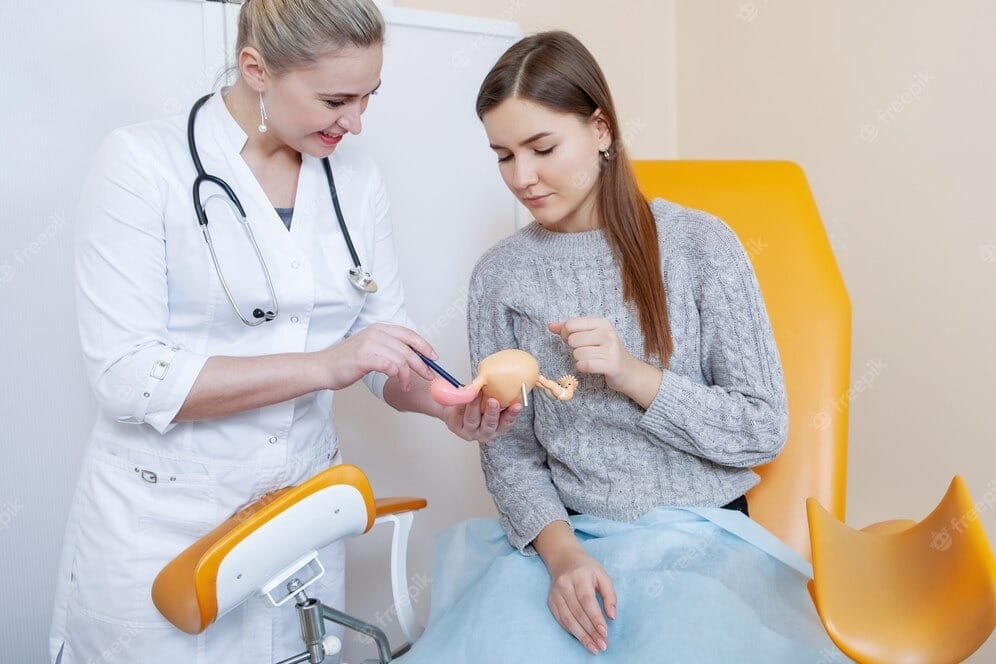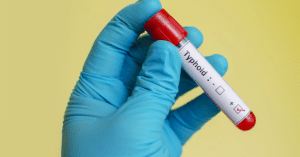
Gallstones are one of the most common conditions in the United States, with more than 25 million people suffering from this condition. Gallstones can cause intense abdominal pain and, if left untreated, may lead to serious health complications. To ensure that you get a correct diagnosis, with Punjab’s best diagnostic service provider, it is important for you to be aware of the available options for diagnosing gallstones.
In this blog post, we will discuss the different ways to diagnose gallstones and help you decide which method is best for you. We’ll also discuss why some methods may be more accurate than others and how to make sure your doctor has all the information they need to give you a precise diagnosis.
What are Gallstones?
Gallstones are small, hard deposits found in the gallbladder. The gallbladder is a small, sac-like organ that stores bile, a digestive fluid produced by the liver. Fat is broken down and absorbed by the body with the help of bile.
Most gallstones don’t cause any symptoms and don’t need to be treated. But if a gallstone starts to block one of the ducts that carry bile from the liver to the intestine, it can cause severe pain in the abdomen, as well as nausea and vomiting.
There are two different types of gallstones: cholesterol stones and pigment stones. Cholesterol stones are made mostly of cholesterol, while pigment stones are made up of bilirubin, a substance produced when red blood cells break down. If you’re experiencing severe pain or other symptoms, your doctor may also recommend removing the gallbladder (cholecystectomy).
How do Gallstones Form?
The vast majority of gallstones are made up of cholesterol. As the liver produces bile, it breakdowns and eliminates cholesterol. Sometimes, however, the liver can produce too much cholesterol or not enough bile to handle the amount of cholesterol being produced. When this happens, excess cholesterol can harden and form crystals, which eventually turn into gallstones.
What are the Symptoms of Gallstones?
There are a few different symptoms that may be indicative of gallstones, and it is important to be aware of them so that you can seek medical attention if necessary. The most common symptom is a pain in the abdomen, typically in the upper right area. This pain may come and go, and it may be severe enough to cause nausea or vomiting. Other possible symptoms include bloating, gas, indigestion, and changes in stool patterns. If you experience any of these symptoms, especially if they are severe or persistent, it is important to see a doctor so that they can determine whether or not gallstones are the cause.
How are Gallstones Diagnosed?
Most people with gallstones experience pain in their abdomen, particularly in the upper right side. This pain may be severe and come on suddenly. It may also radiate to the back or shoulder blade.
Gallstones can also cause nausea, vomiting, bloating, gas, and indigestion. In some cases, people with gallstones may also experience fever and jaundice (yellowing of the skin and whites of the eyes).
If your doctor suspects you have gallstones, they will likely order an ultrasound. This imaging test can show whether you have any stones in your gallbladder or bile ducts.
Your doctor may also recommend a CT scan or MRI or other tests from Punjab’s best diagnostic service provider if they suspect you have complicating factors, such as inflammation in the pancreas or liver. These imaging tests can provide more detailed information than an ultrasound.
Your doctor will discuss treatment options with you once you have been diagnosed. Treatment is typically only necessary if you are experiencing symptoms from your stones.
How are Gallstones Treated?
One common treatment is cholecystectomy, which is the surgical removal of the gallbladder. This is typically done when the stones are large and cause a lot of pain or other symptoms. Sometimes, smaller stones can be treated with drugs that dissolve them or shockwave therapy, which breaks them up into smaller pieces. If the stones are not causing any problems, then no treatment is necessary.
Conclusion
In conclusion, diagnosing gallstones can be done through a variety of methods. The best way to diagnose them is depending on the individual case and their symptoms. Ultrasound imaging and CT scans are among the most common ways to diagnose gallstones, however, blood tests and other procedures may also be used. It is important to consult your doctor if you experience any signs or symptoms related to gallstone disease so that they can determine which diagnostic procedure will work best for you.
The best way to diagnose gallstones is a difficult task and must be tailored on an individual basis. Ultrasound imaging and CT scans are the most common methods of diagnosing the condition, but blood tests and other procedures may also be used. It is important to contact your doctor if you have any symptoms that could indicate gallstone disease so that they can determine which diagnostic procedure will provide the most accurate diagnosis.


